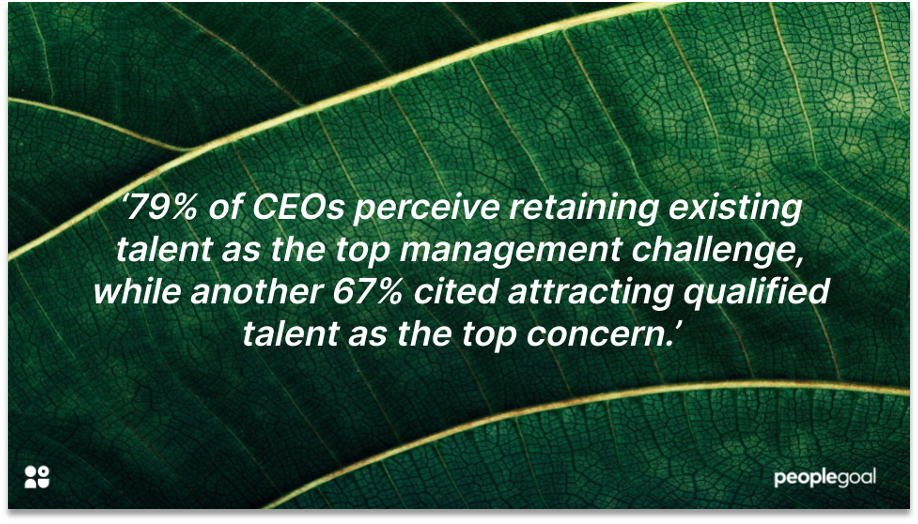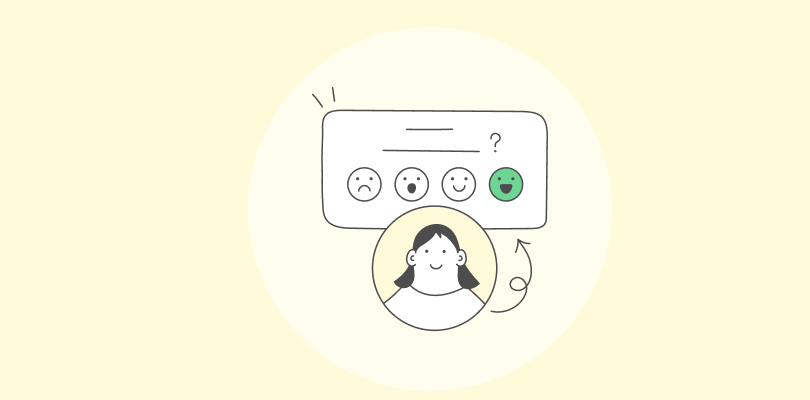Understanding what is emotional intelligence and its importance in the workplace is becoming increasingly relevant. So how does emotional intelligence fit the environment and why does it matter at work?
What is emotional intelligence?
Emotional intelligence is defined as the capacity or ability to be aware of, control and express one’s emotions, as well as having the ability to handle interpersonal relationships empathetically and with good judgement. According to psychologists Peter Salovey and John Mayer, there are four levels of emotional intelligence:
Managing emotions
Understanding emotions
Perceiving emotions
Reasoning with emotions
Historically, emotions and intelligence were suspected to counteract one another. More recently, research into emotional psychology shows how emotions can interact and influence decision making and how people behave.
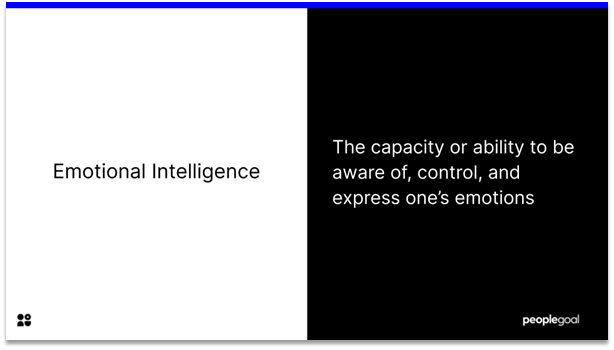
Emotional intelligence in the workplace
Emotional intelligence is becoming increasingly recognized as an important and valuable skill which helps to improve a range of workplace facets. Researcher Daniel Goleman has identified five pillars of emotional intelligence and you can recognize how these pillars can have influence in the professional remit.
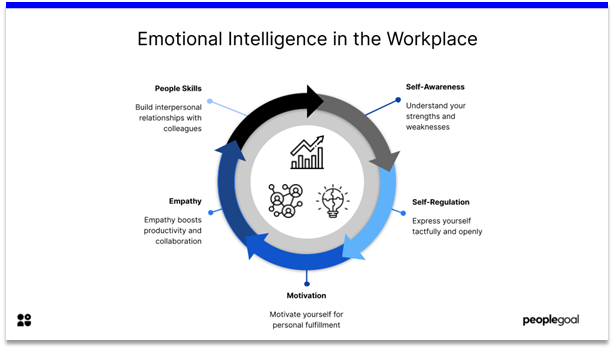
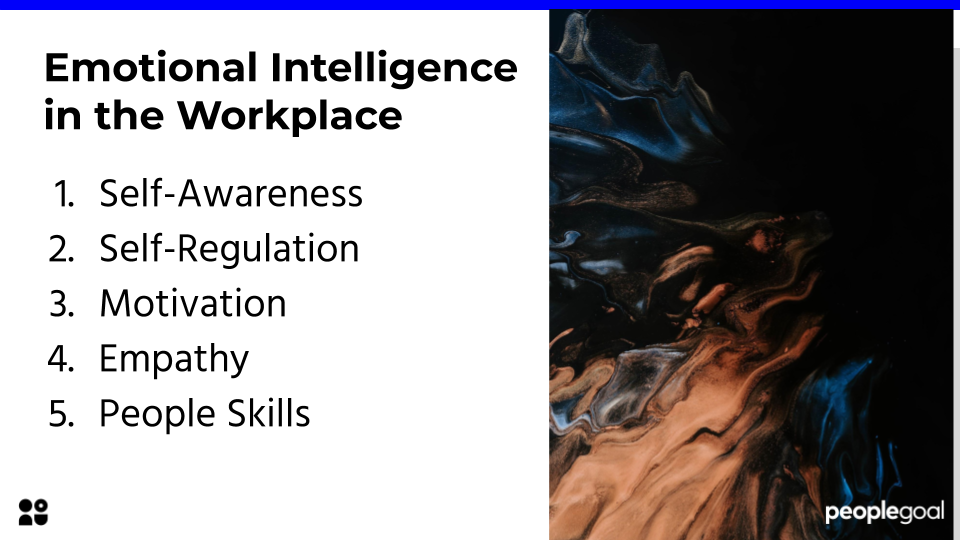
1. Self-awareness: which helps when understanding one’s strengths and weaknesses. Particularly useful when receiving feedback, identifying areas for improvement and recognizing areas of strength.
2. Self-regulation: An ability for someone to be able to express themselves tactfully and openly, without exhibiting a counter-productive or dangerous level of emotional investment.
3. Motivation: People with high emotional intelligence do not require a lot of external motivation as they have a level of intrinsic motivation driven by personal fulfilment.
4. Empathy: There are a wide range of benefits associated with empathy. Empathy boosts productivity, fuels effective collaboration, improves cultural competence and builds leadership.
5. People Skills: Being able to build positive and effective interpersonal relationships with friends, colleagues and bosses is imperative to building an effective workplace.
Other frequently cited benefits of high emotional intelligence in the workplace include:
- Making better decisions and solving problems
- Keeping cool under pressure
- Resolving conflicts
- Having greater empathy
- Listening, reflecting, and responding to constructive criticism
How do you measure emotional intelligence in the workplace?
There are valid metrics to measure emotional intelligence which are available to you. The two which are most recommended are:
The Multidimensional Emotional Intelligence Assessment – Workplace
This assessment consists of 144 short items designed to assess 10 distinct facets of emotional intelligence:
- Recognition of Emotion in the Self
- Regulation of Emotion in the Self
- Recognition of Emotion in Others
- Regulation of Emotion in Others
- Nonverbal Emotional Expression
- Empathy
- Intuition versus Reason
- Creative Thinking
- Mood Redirected Attention
- Motivating Emotions
This assessment takes approximately 20 minutes and provides a personality-based measure of emotional intelligence. The researchers who developed this attest that this measure is optimal for: employees and leaders looking to develop critical people skills; qualified professionals looking to select leaders and employees with emotional intelligence; and those who seek convenient and simple testing.
The Work Group Emotional Intelligence Profile
This measure consists of two scales, which also have their own subscales:
Ability to Deal with Own Emotions
- Ability to Recognize Own Emotions
- Ability to Discuss Own Emotions
- Ability to Manage Own Emotions
Ability to Deal with Others’ Emotions
- Ability to Recognize Others’ Emotions
- Ability to Manage Others’ Emotions
The scales offer a self-report assessment based on 30 items to help measure emotional intelligence in team members.
Prioritize Emotional Intelligence
It’s important to actively encourage building emotional intelligence in your workforce. Developing a certain level of emotional intelligence, like a lot of things, takes practice. Some individuals will begin with a higher level of emotional intelligence while others, through no fault of their own, will exhibit lower levels.
An initial step to building a culture which encourages emotional intelligence is to show your employees that you care about their emotional wellbeing. Do your employees feel like you care about them as individuals? Do you take an interest in their personal lives?
A useful guide for enhancing emotional intelligence in the workplace is provided by researchers Mitchel Adler, Cary Cherniss and Robert Emmeling in their paper ‘Bringing Emotional Intelligence to the Workplace‘. It describes implementing emotional intelligence in the workplace in four phases:
1. Preparation
2. Training
3. Transfer
4. Evaluation
Each phase feeds into the next. The first occurs before the individual begins formal training. This phase is crucial for effective social and emotional learning and involves preparation for change. The second phase, training, considers the change process. It includes the processes that help change the way people view the world and deal with its socio-emotional demands. The third phase, transfer, addresses what happens following the training phase. The final phase involves evaluation. Given the current state of knowledge about social and emotional learning, the complexity of programs are designed to promote such learning and call out the inefficiencies in the existing programs.
1. Preparation Phase
- Assessing the organization’s needs
- Assessing personal strengths and limitations
- Providing feedback with care
- Maximizing learner choice
- Encouraging participation – not requiring it
- Linking learning goals to personal values
- Adjusting expectations
- Gauging readiness
2. Training Phase
- Fostering a positive relationship between the trainer and the learner
- Maximizing self-directed change
- Setting clear goals
- Breaking those goals into manageable steps
- Maximizing opportunities to practice emotional intelligence
- Providing frequent feedback on that practice
- Relying on experiential, hands-on methods
- Building in support for your staff
- Using models of desirable behavior
- Enhancing insight into emotions and thought patterns
- Preventing relapse by preparing people for mental slips
3. Transfer Phase
- Encouraging use of the skills learned on the job
- Providing an organizational culture that supports learning
4. Evaluation Phase
- Conducting ongoing evaluation research
Highlighting areas of weakness and actively focusing on emotional intelligence in the workplace is an important facet in encouraging a healthy and productive office environment.
Ready to 3x Your Teams' Performance?
Use the best performance management software to align goals, track progress, and boost employee engagement.


